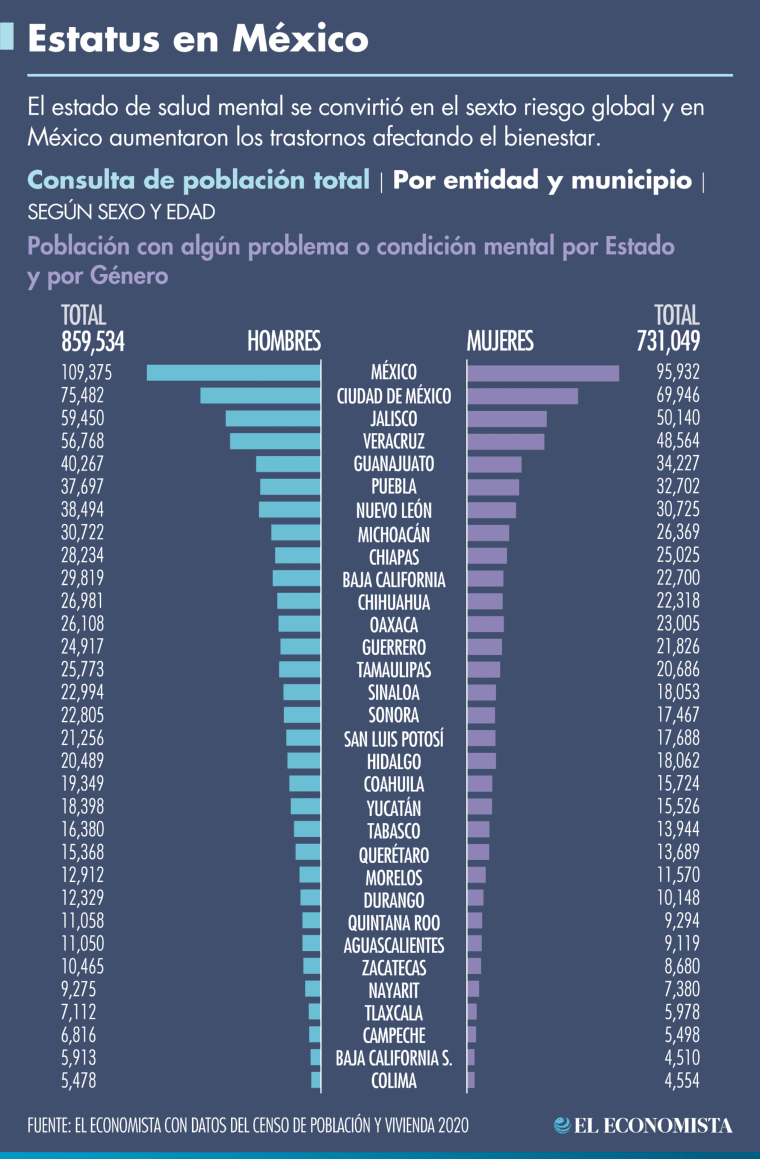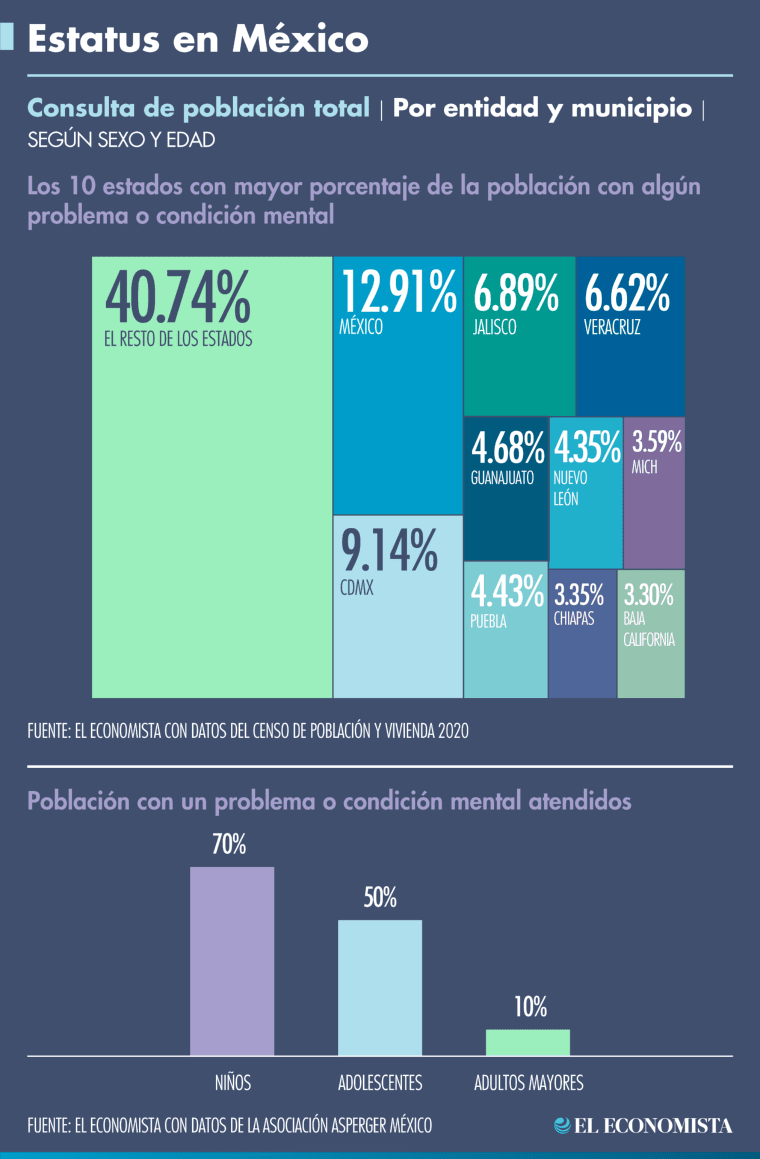Mauricio Val studied Plastic Arts at UNAM and graduated with Honorable Mention, he liked to paint and even held exhibitions in some museums in the interior of Mexico, he was passionate about art, culture and travel.
Mauricio had a highly sensitive level as an artist, with an explosive character and raw emotions, however, his time in the world of drugs changed his career, throwing him into complicated situations in his life.
One of the losses that affected her was her divorce and with it, the separation from her children, and the other great loss was her hearing, both affecting her self-esteem, her security, which was diagnosed as a Mixed Disorder including Anxiety and Depressiontwo mental illnesses that were not well attended throughout its history, by the health sector.
He and his relatives sought treatment with psychologists and psychiatrists, a search of many years, however, he did not achieve improvement, it even worsened since the addictions and strong medications took a toll on him physically and mentally, respiratory problems, paranoia, psychosis, affectation in speech and even probable Parkinson’s.
For 12 years he was an arts teacher at a technical school in Michoacán, however, loneliness, impaired hearing and speech were extinguishing his passion for art and teaching. One afternoon in January 2022 he decided to take his own life and completely turn off his illusions.
Just as Mauricio exists, many Mexicans, according to the Inegi, eight out of 10 people is ignored with some problem or mental condition, a deficit in attention.
According to the 2020 Population and Housing Census, it was detected that throughout the national territory there are more than 1.5 million with some mental problem or condition, 54% men and 46% women. Of these people, 37.9%, in addition to having a mental problem or condition, have a disability.
Experts agree that the altered state of mental health it can be from birth, the result of a mental and behavioral illness or disorder, injury or aging process, which makes it difficult for the person to participate in activities of community social life and interact with other people in a manner appropriate to the context and their social environment.
An analysis of National Institute of Psychiatry explains that the care gap, at least in part, is attributed to the fact that the health system is made up of a set of subsystems dependent on diverse, inequitable, and unstable sources of financing. One of the greatest difficulties in caring for these patients is the greater growth in the demand for services in relation to the low growth in the financing of operations, the scarce investment and the development of research.

Pandemic
According to studies by the Pan American Health Organization (PAHO), the Covid-19 pandemic has aggravated the situation in the region, increasing new cases of mental health conditions and worsening pre-existing ones.
It explains that the disruption in services for mental, neurological and substance use disorders (NMS) are disproportionately affected by the mental health impacts of the pandemic.
Experts explain that mental health disorders increase the risk of other illnesses and contribute to unintentional and intentional injuries.
The depression continues to occupy the leading position among mental disorders, and is twice as common in women than men. Between 10 and 15% of women in industrialized countries and between 20 and 40% of women in developing countries suffer from depression during pregnancy or the puerperium.
Mental and neurological disorders in older adults, such as Alzheimer’s disease Alzheimer’s, other dementias and depression, contribute significantly to the burden of non-communicable diseases. In the Americas, the prevalence of dementia in older adults (over 60 years of age) ranges between 6.46% and 8.48%. Projections indicate that the number of people with this disorder will double every 20 years.

Public spending
Median public spending on mental health across the region is just 2.0% of the health budget, and more than 60% of this money goes to psychiatric hospitals. Mexico assigned, on average, 2.1% of the budget of the Ministry of Health to this subsector. In 2021, it allocated 3,031 million pesos, 2.1% of the total dependency and represented 9.6% less than that spent in 2013 and 0.1% less than that approved in 2020, in real terms, according to an analysis carried out by the Center for Economic Research and Budget (CIEP), from 2013 to 2021.
Experts show great concern for the present and the future. A study conducted in Mexico documented clinically significant post-traumatic stress symptoms in almost a third of the population. In the United States, rates of anxiety and depression reached as high as 37% and 30%, respectively, at the end of 2020, up from 8.1% and 6.5%, respectively, in 2019.
On April 5, the Chamber of Deputies of the Congress of the Union of Mexico approved an opinion that proposes the gradual conversion of psychiatric hospitals into general hospitals, in addition to the decision not to build more. In addition to the elimination of the isolation model for patients with mental illnesses, at a time when attention is urgent. (With information from Diego Badillo)